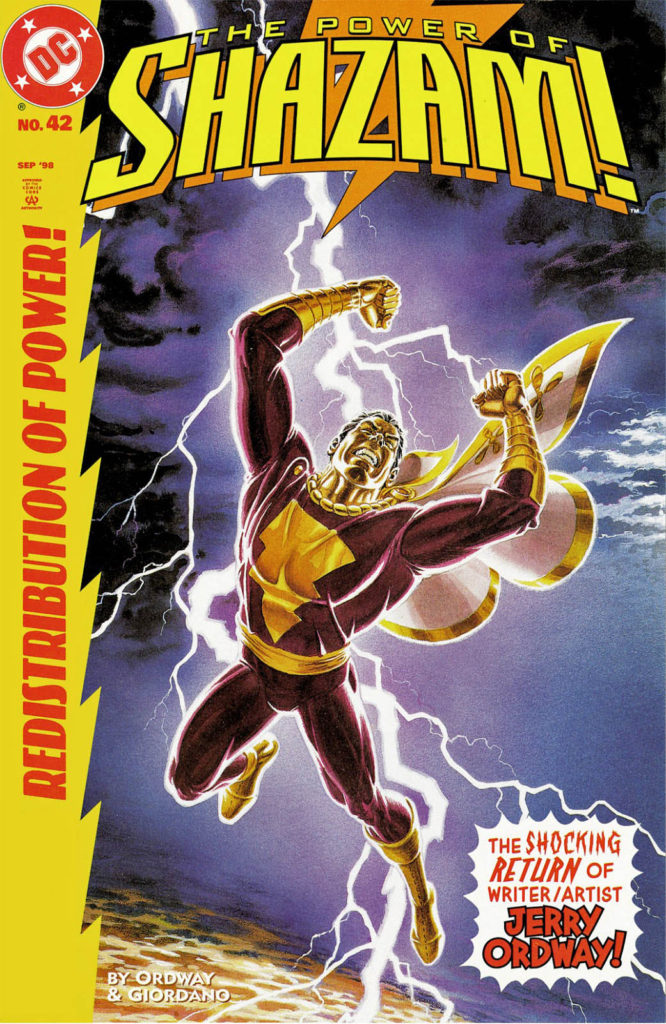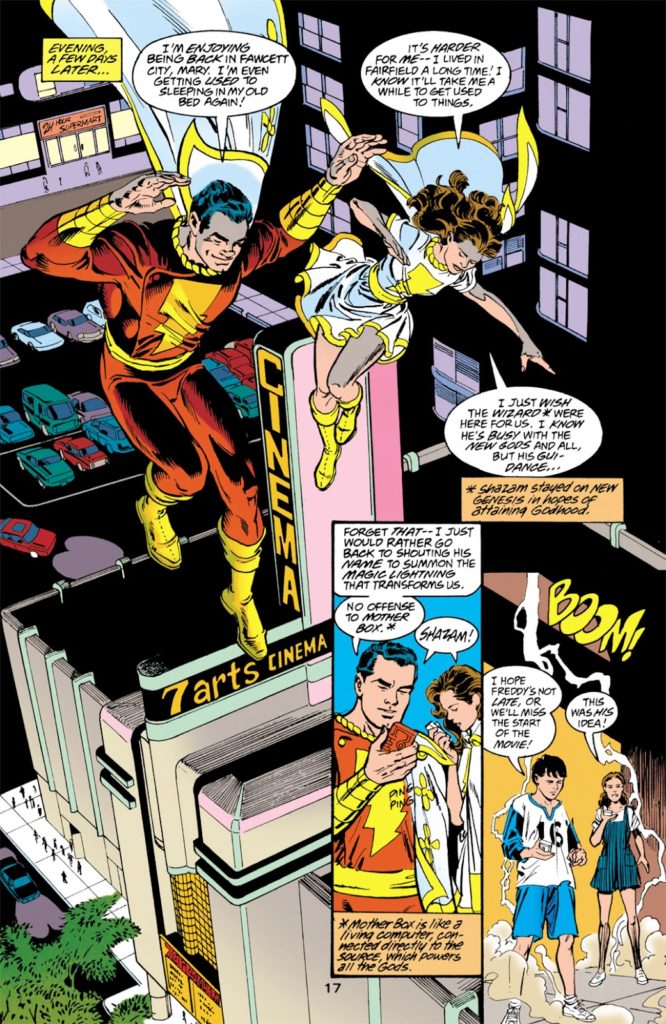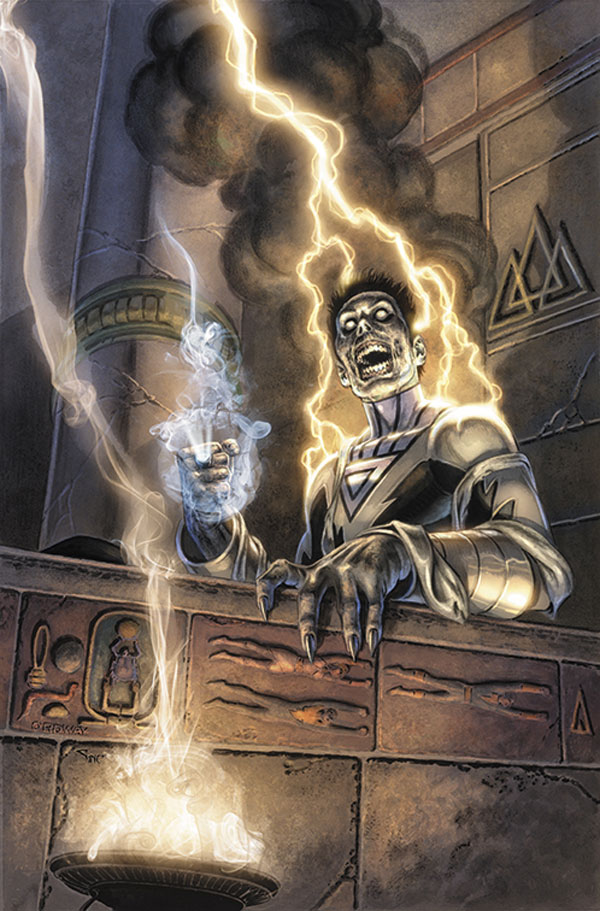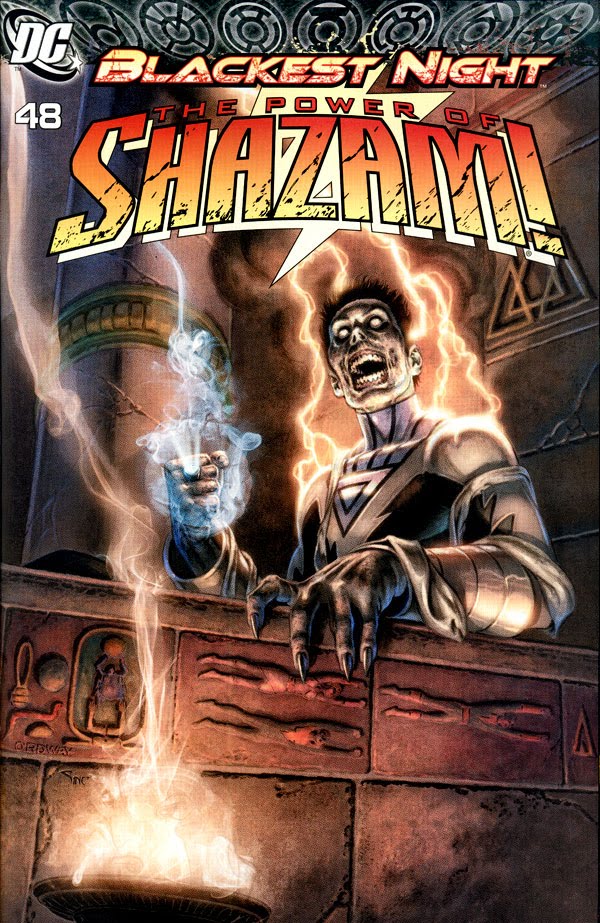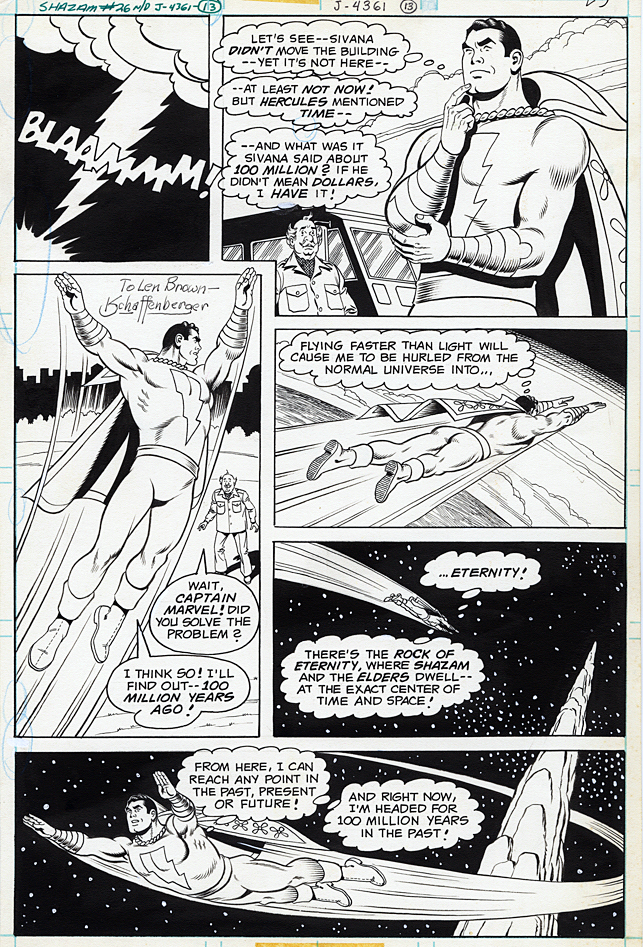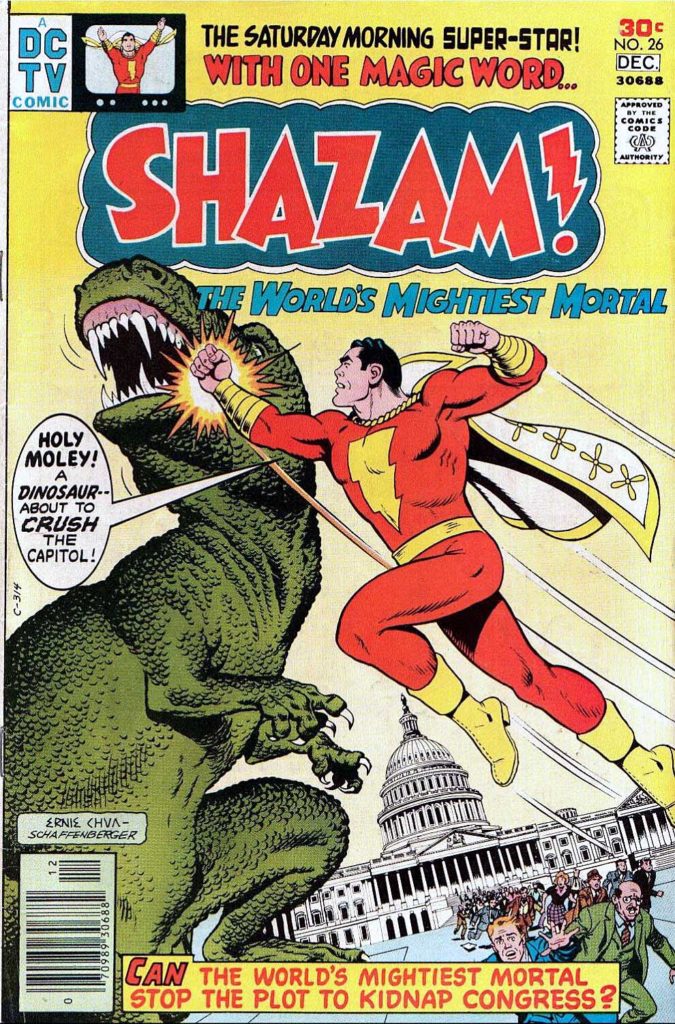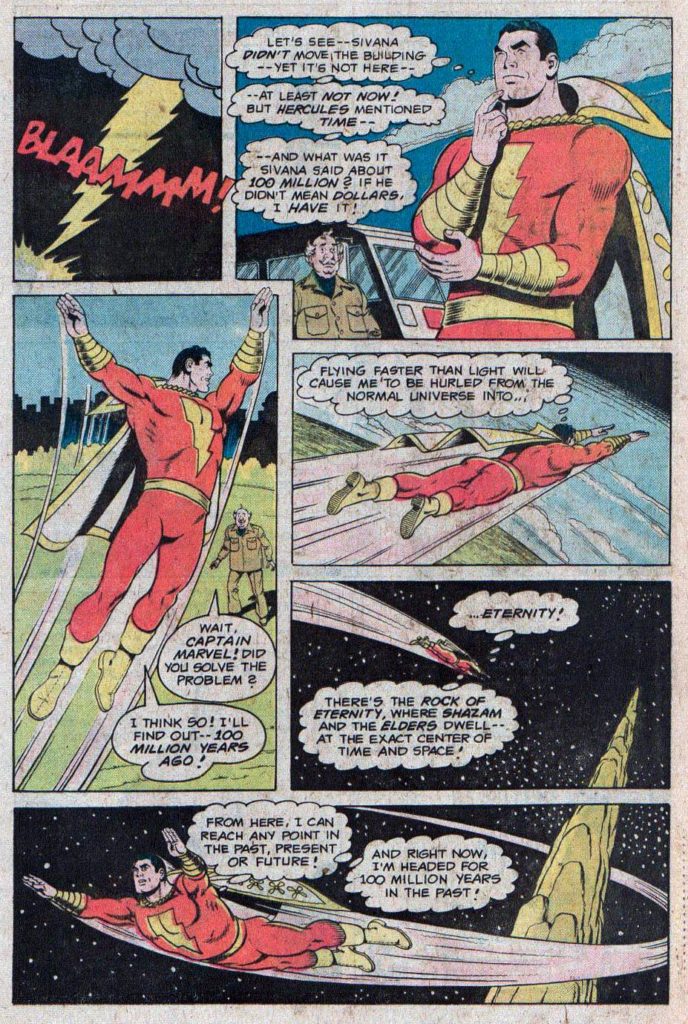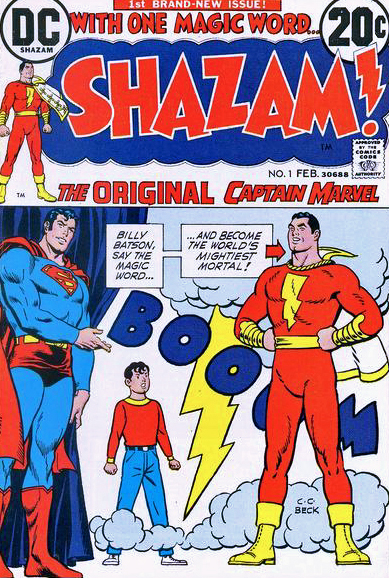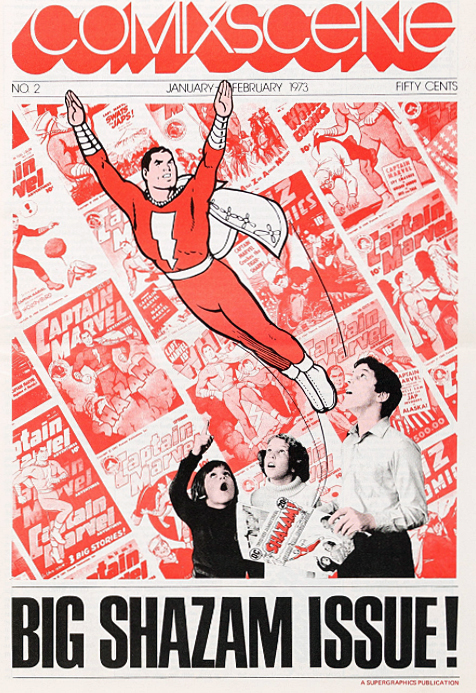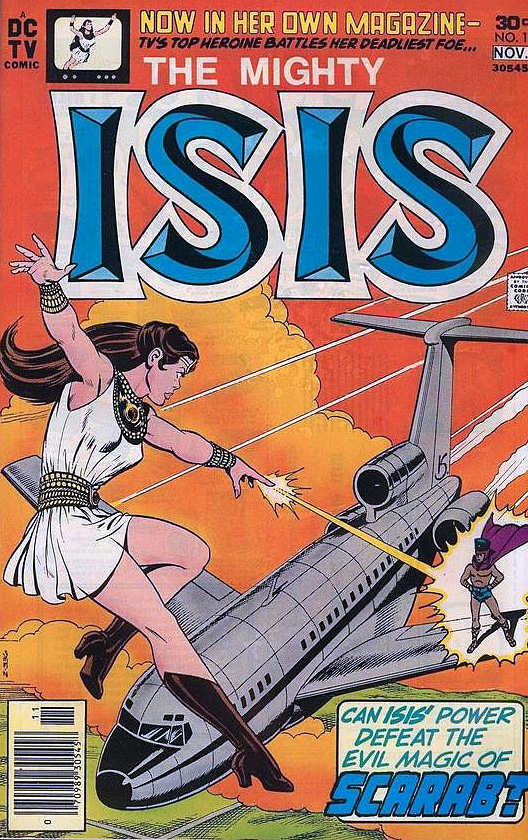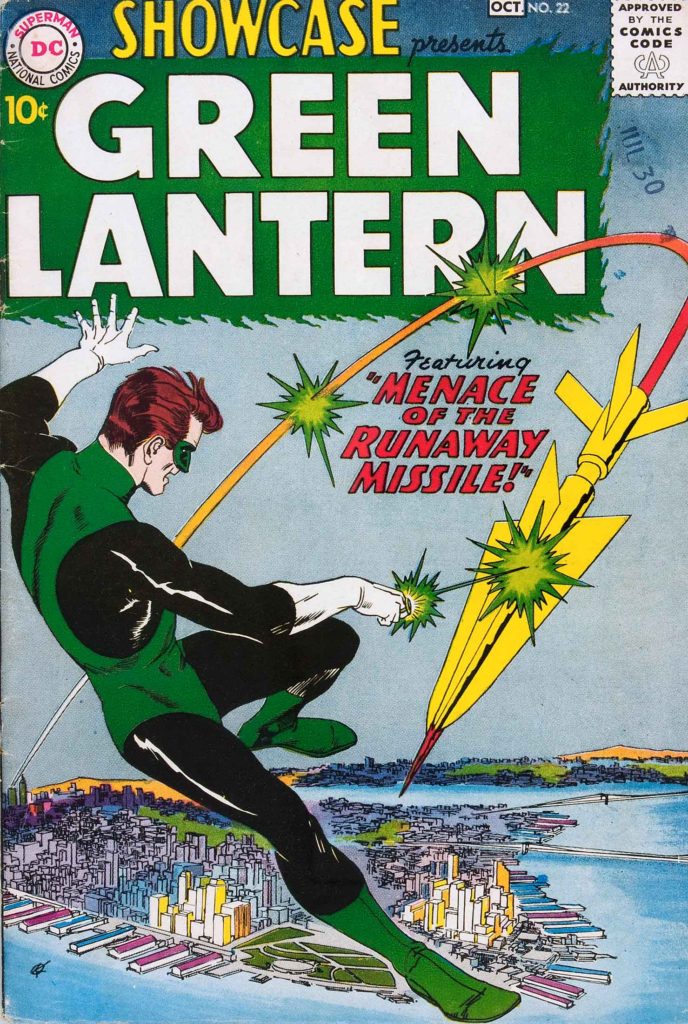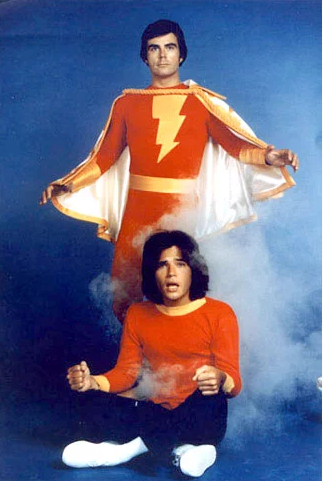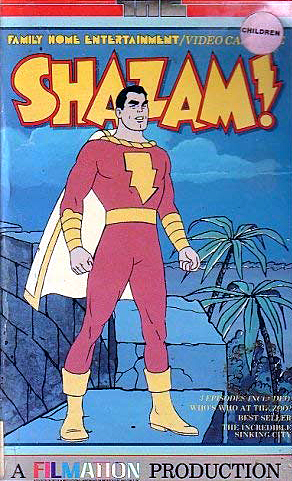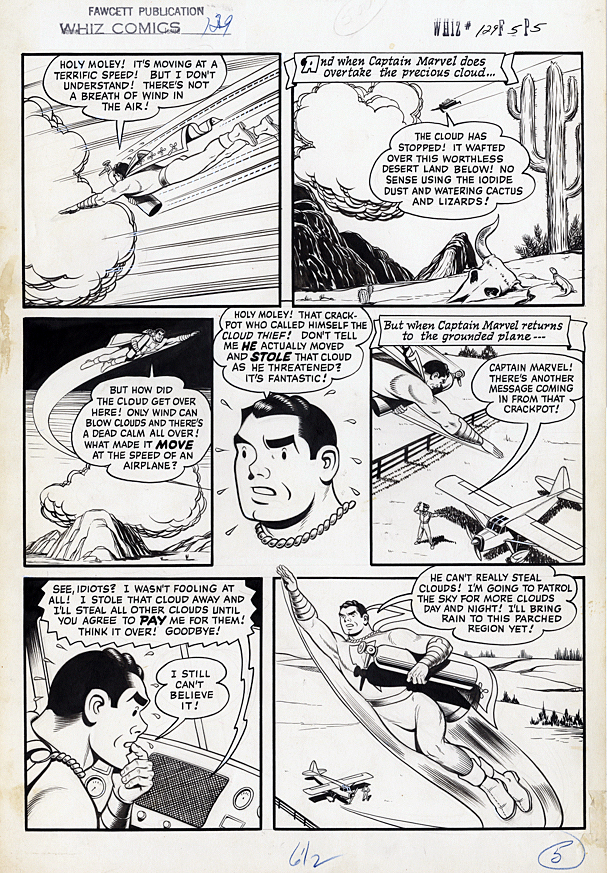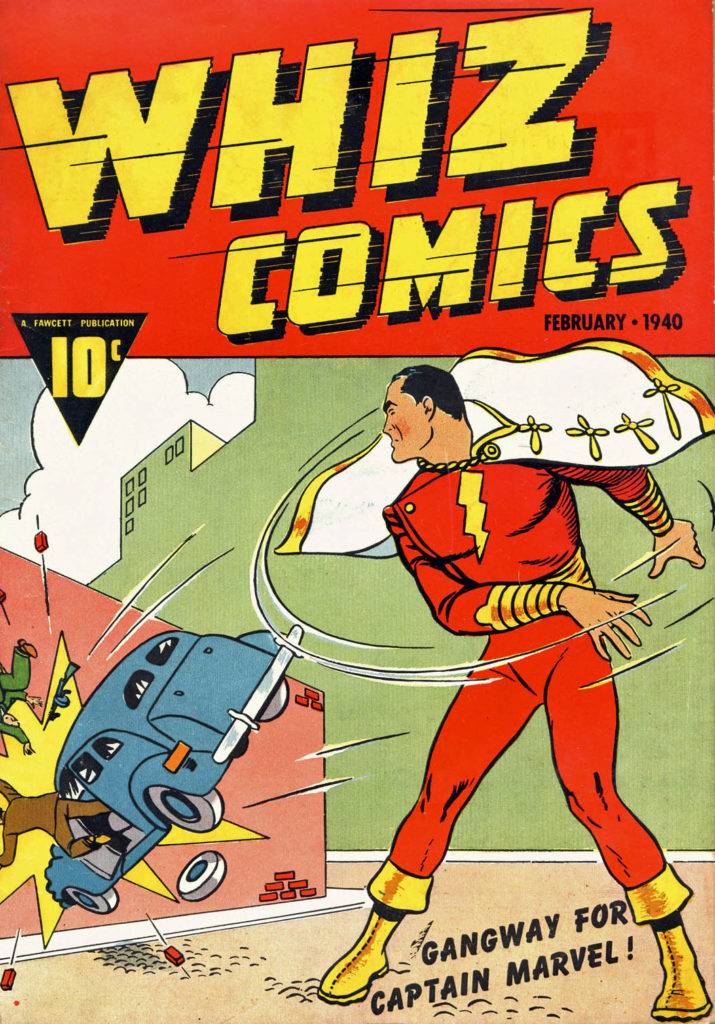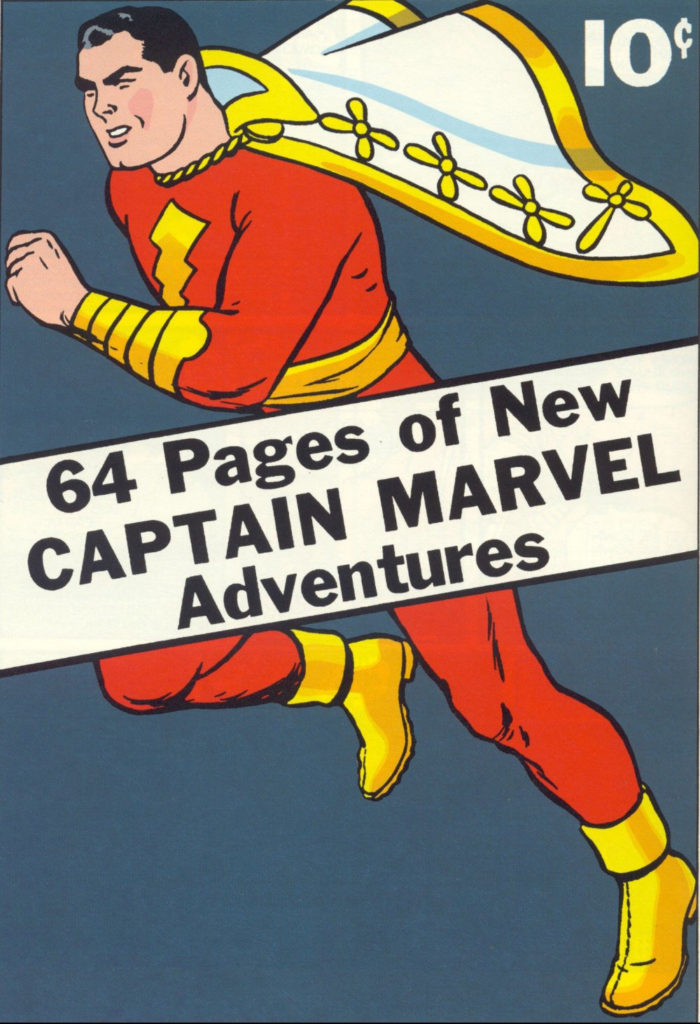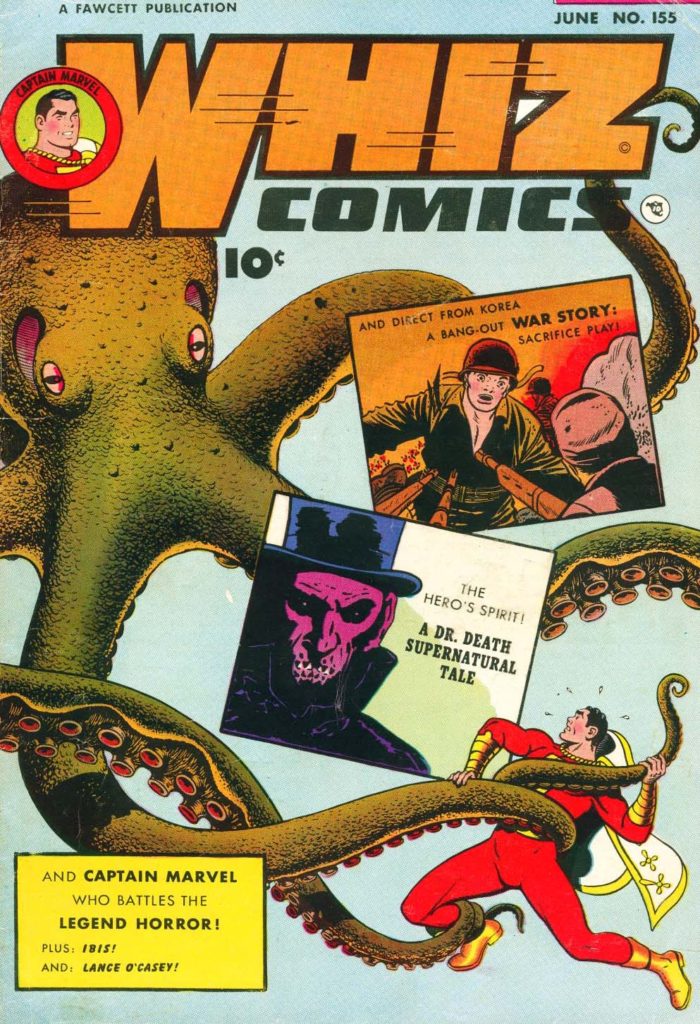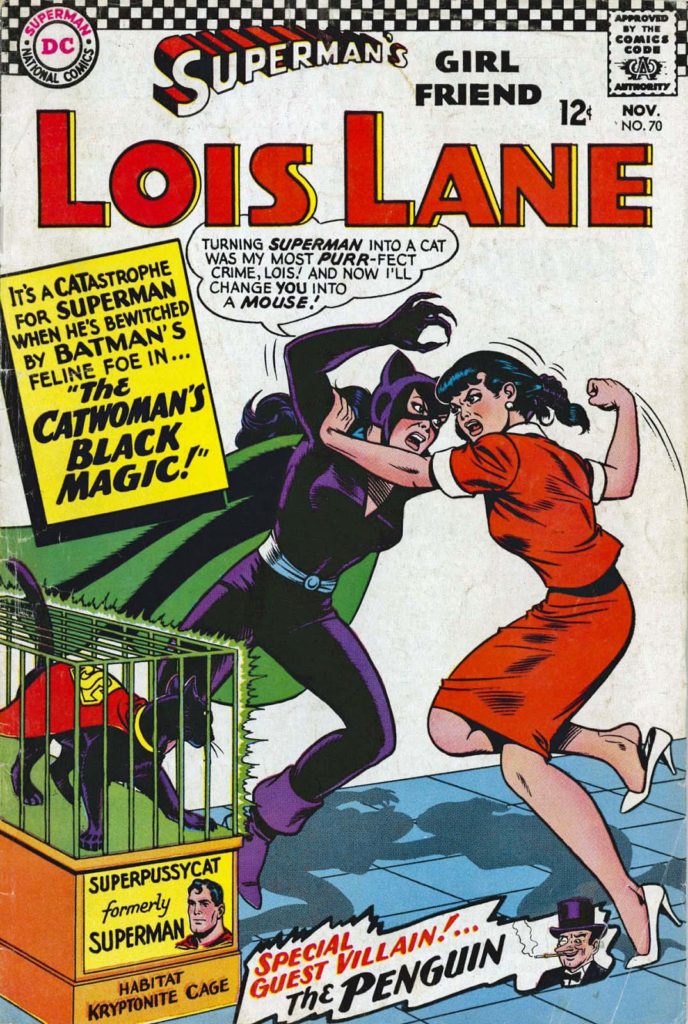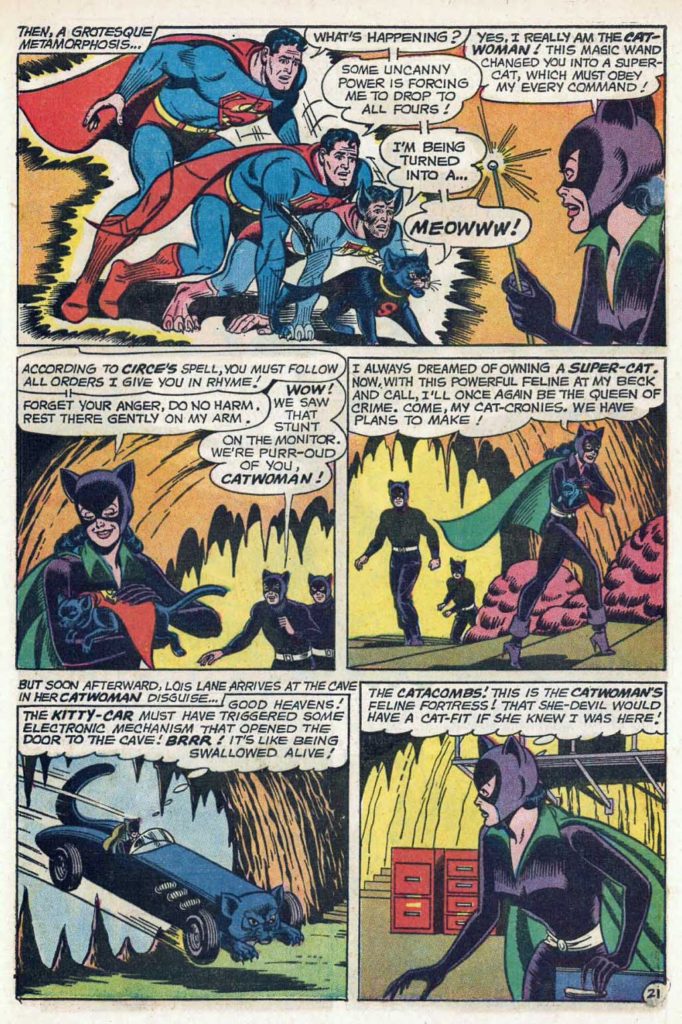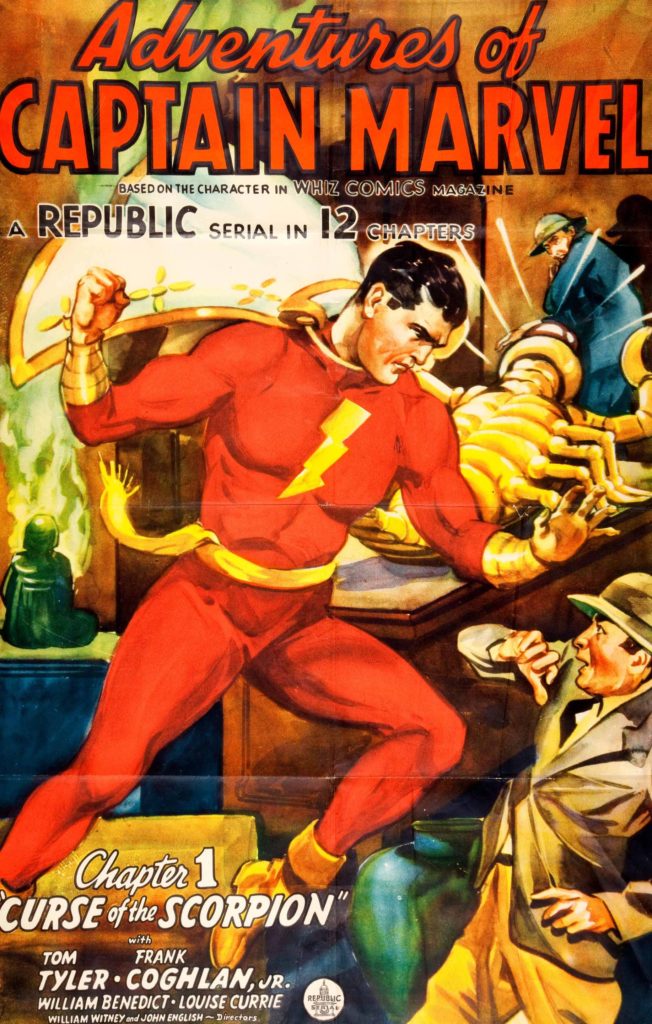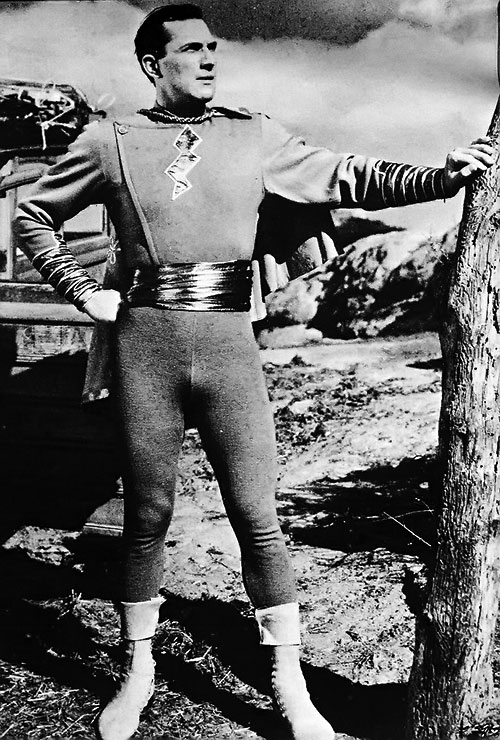Jerry Ordway — Shazam!
Power of Shazam #42, September 1998
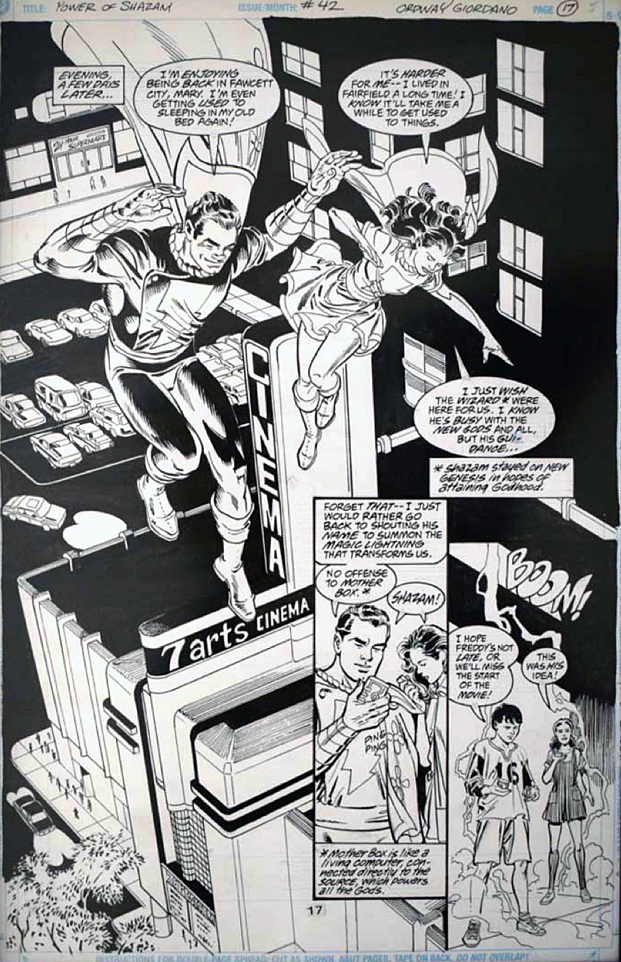
Sometimes the stars and planets line up harmoniously.
Case in point: Jerry Ordway on Shazam, who managed to keep the spirit of the original Captain Marvel intact, while making the character more relatable to contemporary late 20th century audiences. Not an easy feat.
Ordway launched the Captain Marvel “reboot” with a brilliant Graphic Novel in 1994 that he wrote drew and colored entirely himself. Shortly thereafter, Ordway wrote a new ongoing series, the Power of Shazam, and then drew a few stories at the end of its run five years later.
This brilliant splash page is from the first issue that he penciled, and is inked lovingly by the late, great Dick Giordano. It’s a textbook example of storytelling and composition, and it’s contrasting use of light and dark brings the entire scene together in an extraordinary way.
I love the use of the art deco design on the movie theater as well. The “7 Arts” name is likely an easter egg. Seven Arts acquired Warner Brothers in 1967, setting up the initial steps that led to the Warner / DC conglomerate that exists today.
Every once in a while we have to remind ourselves that nearly all art is essentially an illusion — three dimensional narrative on a two dimensional plane. This illusion? Pretty great.
Fun fact: With few exceptions, Jerry keeps his published art, so pretty much the only way to acquire something he’s created is from his collaborator — if there is one. That makes acquiring such a cool page even more challenging.

